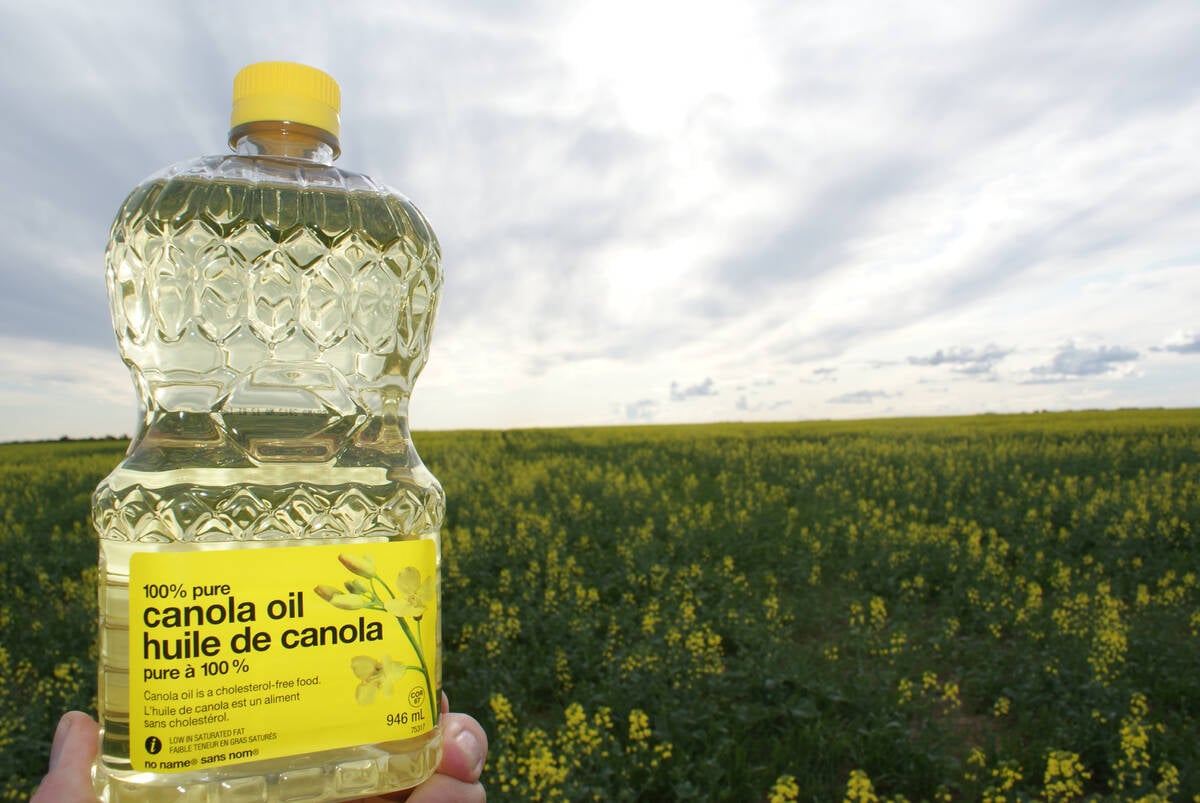For southern Saskatchewan canola grower Clayton Kotylek, these are frustrating times.
He grows genetically modified canola and wants to continue. He likes the product because it makes money.
But as planting decisions are made for next spring, farmers like Kotylek have wondered whether there will be markets next year or the year after.
In many countries around the world, consumers are expressing resistance to GM foods. In response, some food companies are deciding they will use only GM-free soybean, corn, potatoes or canola in their products.
Read Also

Rising vegetable oil demand may offset bad biofuel news
Global biodiesel/renewable diesel production is expected to decline for the first time in a decade. Bad timing for a canola industry looking for new markets.
In GM-skeptical western Europe, where Canada used to sell $425 million of canola as recently as 1994, there is an effective moratorium on imports because there is no product segregation in Canada.
It is an evolving reality that presents a dilemma to 32-year-old Kotylek, who farms 4,000 acres southeast of Regina. Last year, almost half his 1,200 acres of canola were GM varieties.
“I would like to increase my use of GM canola,” he said. “The economics are the reason. These are tough times and we do what we have to to make a buck. It provides both better yield and lower chemical costs.”
But will it have a market?
“I think eventually it will be accepted but I am worried about the short term, which affects me. I will have to watch and like other farmers, if the market doesn’t want it, I won’t grow it.”
Greg Douglas, who has tracked the GM issue for the Western Canadian Wheat Growers Association, said it is frustrating for farmers because they see the benefits of the varieties. He believes consumer resistance is based on misinformation and fear mongering by environmentalists.
There is a widespread perception that the European ban is based on protectionism and politics, rather than health and science.
But farmers also have to react to the market.
In several years, it could become an even larger prairie issue if GM midge-resistant wheat now being developed hits the market.
“Farmers will adapt,” he said. “It would not cripple our industry if we had to revert to all conventional varieties, but it would be a shame.”
Across the Atlantic Ocean, French farmer Thomas Thuet faces the same restriction, but not the same decision dilemma.
He cannot plant GM corn, even though he can see its benefits. The EU has not approved many Bt corn varieties and besides, no one would buy it.
Thuet is a bit of a farmer poster boy in Europe for the giant seed and chemical company Novartis Seeds. He is featured in a Novartis booklet on GM products. Farmers would have to use fewer chemicals “so it represents a substantial improvement,” the Alsace farmer told the company magazine.
No market, no point
But if consumers do not want to buy it, why plant it? He does not criticize the EU ban.
Canadian agriculture minister Lyle Vanclief, who has joined other Canadian ministers in pressuring the European Union to approve GM products, has seen the farmer problem up close.
Last year, his son Kurt had test fields of Bt corn on his Belleville, Ont., farm and the increased yield gave him net income of $80 per acre more.
This year, he is struggling with the decision, as well as with lower income for the corn he grows.
“When he’s struggling, and to have to make that decision to say ‘I can’t use that,’ it is like telling him he can’t use fertilizer or can’t use pesticide,” said Vanclief. “It’s terrible.”














